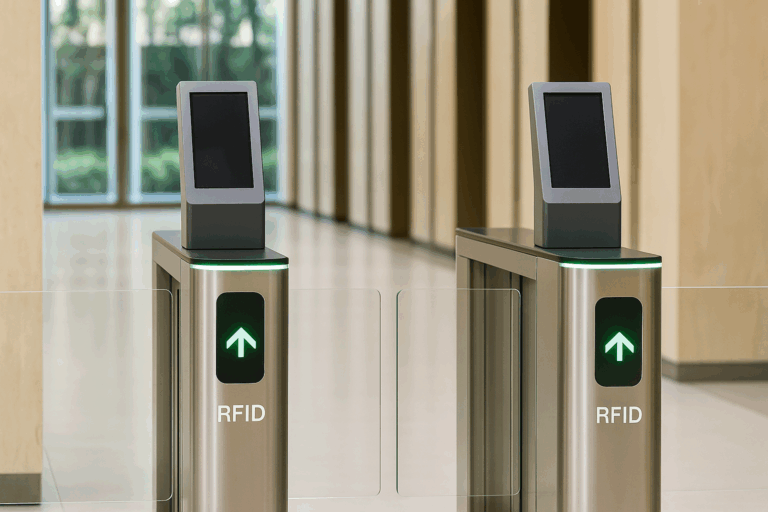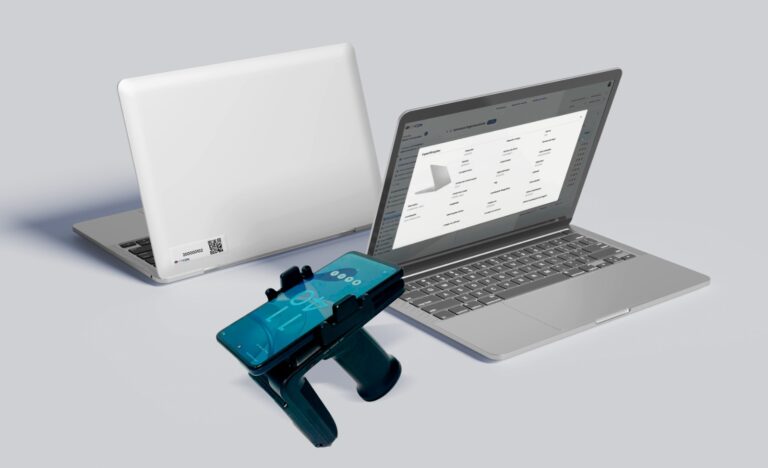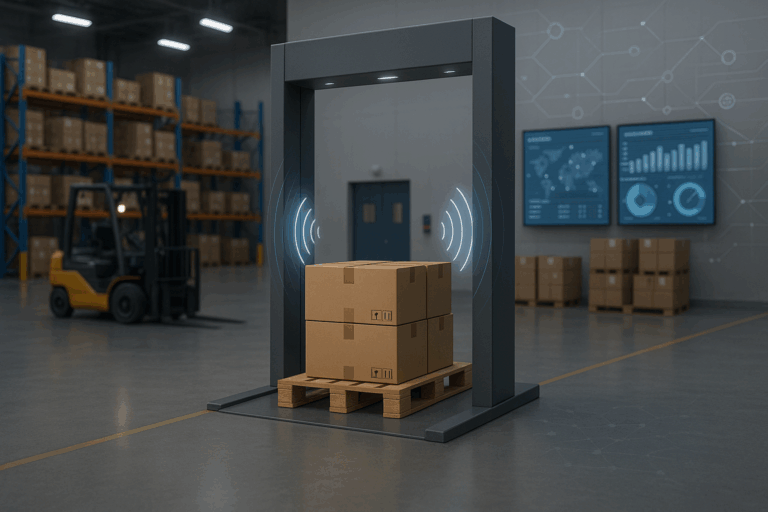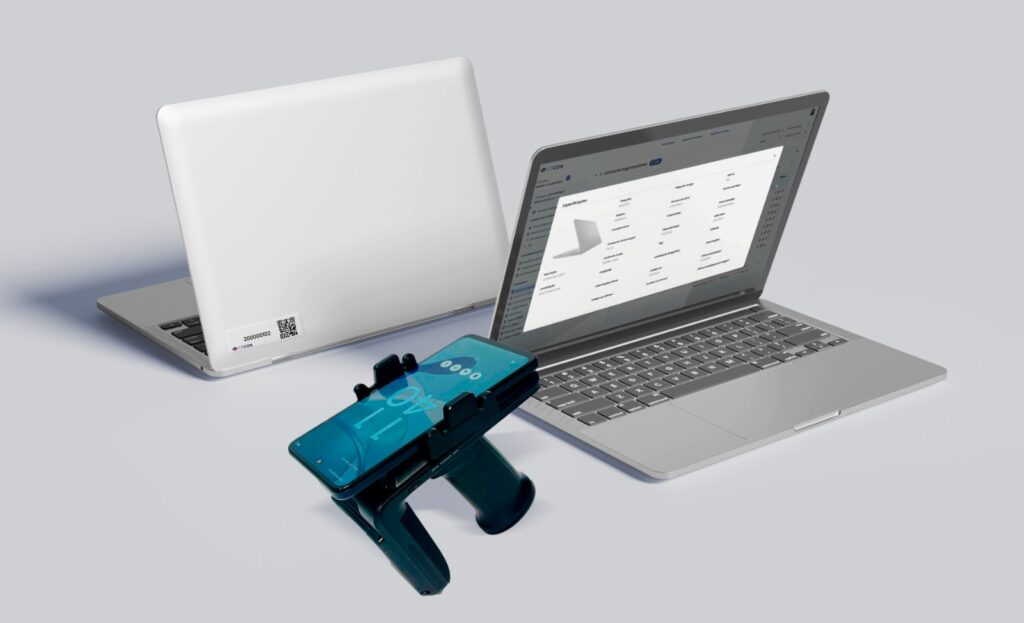Inventory management is more than keeping track of what’s in your warehouse. It’s about knowing—precisely—what you have, where it is, and what it’s worth. But what if the numbers in your system don’t match reality?
That’s where the hidden 6.5% inventory gap enters the picture. You think you have 15,500 units, but only 14,492 are physically there. This gap creates far more than confusion—it causes financial losses, delays, and customer dissatisfaction. And yet, many companies don’t even know it exists.
This article explores the real cost of poor inventory management, what drives this accuracy gap, and how companies can fix it. You’ll see how small errors scale into big problems—and how to regain full control through cycle counting, ownership, and smart technology like RFID and AI.
Let’s break it down.
Table of Contents
ToggleWhat You’ll Learn in This Article:
- What inventory management really means—and why accuracy is more than just a number
- The hidden costs behind the 6.5% inventory gap and how it affects your business
- The four main types of inventory management and how to choose the right one
- A step-by-step breakdown of the inventory process to reduce errors
- How daily cycle counting, clear roles, and technology boost your accuracy
- How CPCON uses RFID and AI to bring inventory control to 99.9%
- The financial impact of better inventory tracking—and how fast ROI can happen
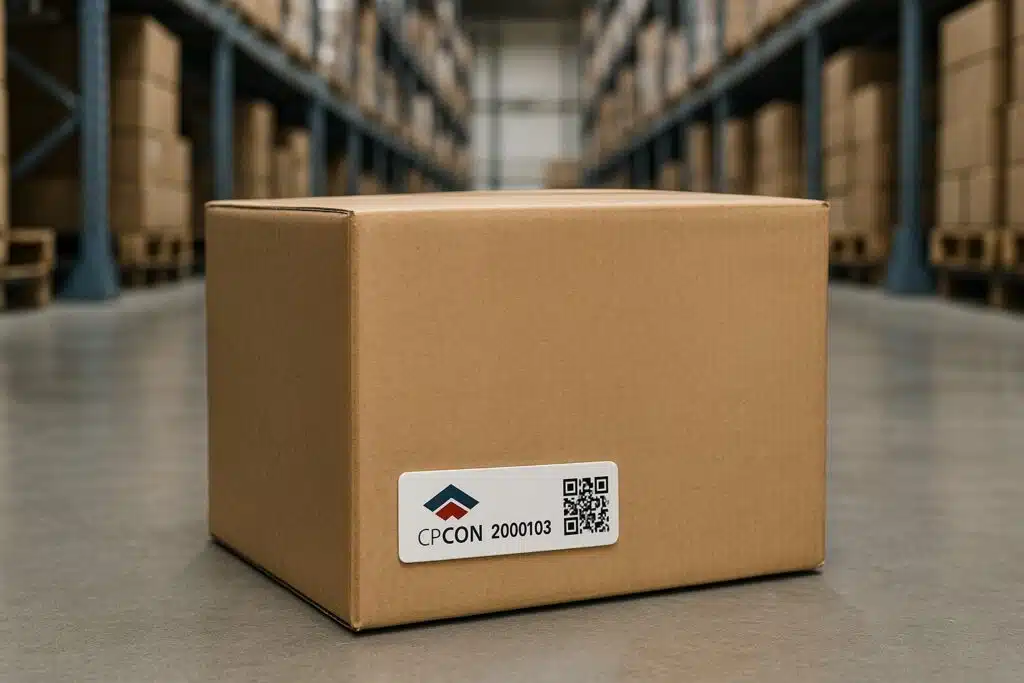
What Is Inventory Management and Why Accuracy Matters?
Inventory management is the process of tracking and controlling everything a company stores, from finished products to raw materials. It’s how businesses stay organized, avoid shortages, and make sure nothing is wasted or lost.
But inventory management is not just about knowing what’s on the shelves. It’s about having reliable data. When that data is wrong—even by a few percent—it affects decisions, costs, and customer trust.
Imagine promising a product that isn’t really available. Or ordering more supplies because your system says you’re out, when in fact, the items are just misplaced. These small mistakes add up, costing companies thousands every year without them even noticing.
Accurate inventory management reduces waste, speeds up operations, and helps teams make smarter choices. It allows you to sell with confidence, plan production without surprises, and avoid tying up money in stock you don’t need.
In short: when inventory accuracy goes up, costs go down—and results improve fast.
The Strategic Risks Behind a 6.5% Inventory Gap
A 6.5% inventory gap means your system is lying—and your business is paying the price. Even a small mismatch between recorded and actual stock can trigger a chain reaction of costly problems.
The first risk is customer disappointment. Your system says the product is available, but it’s not. You lose the sale—and maybe the client.
Then comes production pressure. When raw materials are missing, emergency reorders are made at higher prices, often with slower delivery and worse quality. These last-minute decisions increase costs by up to 50% compared to planned operations.
To protect themselves, many companies react by overstocking. They buy more than they need, just in case the numbers are wrong. But this “just in case” approach ties up cash, fills warehouses, and increases waste.
And perhaps the most silent damage: ghost inventory. These are products that no longer exist physically, but still appear in your system. You paid for them, but they’ll never generate revenue. They distort your reports and create a false sense of security in decision-making.
Inaccurate inventory also affects planning, pricing, auditing, and even investor confidence. The longer the gap goes unnoticed, the greater the impact.
Struggling to choose the right inventory strategy?
Let CPCON help you assess your current process and design a smarter, more accurate inventory management system.
👉 Contact us for a free consultation
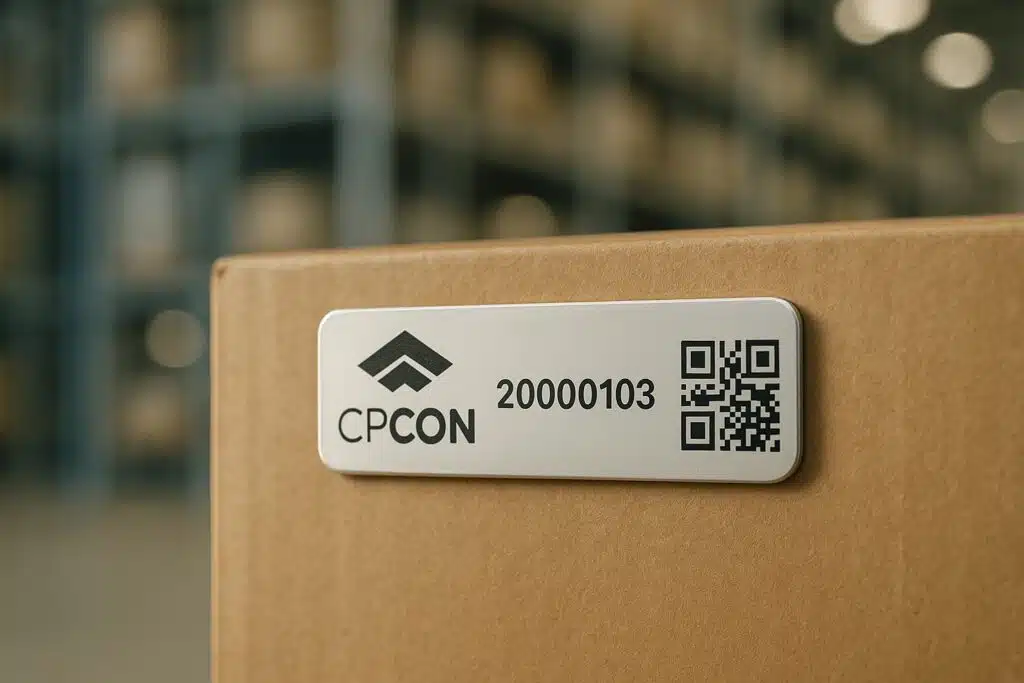
The 4 Types of Inventory Management: Which One Fits Your Operation?
There are four main ways to manage inventory—and each one shapes how your business works. Choosing the right method depends on how often you sell, how fast your stock moves, and how much control you need.
Just-in-Time (JIT)
You only order stock when you need it. This method reduces storage costs and waste. It’s ideal for companies with fast-moving items and reliable suppliers—but risky if there’s a supply delay.
Material Requirements Planning (MRP)
This model is based on production schedules. You plan inventory around what you need to manufacture. It works well for industries like manufacturing, where timing and coordination are critical.
Economic Order Quantity (EOQ)
EOQ helps find the perfect balance between ordering costs and holding costs. It’s a mathematical model that tells you exactly how much to order to minimize total costs. Best for companies with stable demand and reliable data.
Consignment Inventory
With this method, stock is stored at your location but owned by the supplier. You only pay when you use it. It’s useful for reducing risk and freeing up cash—common in retail and healthcare sectors.
Each model has strengths and trade-offs. The key is to match your strategy with your operations, and make sure the data behind it is always reliable.
Need to prepare for an upcoming audit?
Explore our step-by-step guide to fixed asset audits and learn how inventory accuracy lays the foundation for faster, cleaner, and fully compliant audit processes.
👉 Read: Fixed Asset Audit: Checklist with 5 Practical Steps to Prepare Yourself

Cycle Counting, Accountability and Technology: 3 Levers to Boost Accuracy
To close the inventory gap, you need three things working together: daily checks, clear roles, and modern tools. These levers help you find errors fast—and stop them from repeating.
1. Turn cycle counting into a daily habit
Cycle counting means checking a few items every day, instead of waiting months for a full audit. It keeps your numbers fresh and your mistakes small. Companies that adopt this habit reduce stockouts by up to 25%.
2. Make someone responsible for every mismatch
When no one owns the problem, it never gets solved. Assign specific team members to review inventory differences. They must investigate the cause and fix the source—not just adjust the numbers.
3. Use smart tech to avoid human error
Manual tracking fails when people are tired, rushed, or distracted. Tools like RFID tags, barcode scanners, and AI systems automate this job. They track items in real time and alert you when something is off—before it becomes a loss.
When these three levers are in place, accuracy becomes part of your company culture. Teams start trusting the data, making better decisions, and spending less time correcting past mistakes.
How CPCON Combines RFID, AI and Intelligence to Reduce Inventory Gaps
CPCON helps companies close the inventory gap by bringing three elements together: smart tags (RFID), real-time tracking, and intelligent analysis. It’s not just about counting better—it’s about making your entire operation more predictable and efficient.
The process starts with a technical diagnosis. CPCON maps how items move across your business, finds the weak spots, and defines the best counting method—daily, rotating, or fixed. From there, RFID tags are applied to key items, turning every movement into data.
Antennas and scanners read those tags automatically—no need for manual checks. Every time an item passes a control point, it’s tracked and updated in the system instantly.
All this data is sent to CubeAssets, CPCON’s cloud-based platform. There, your team gets alerts, dashboards, and predictions: where errors happen, what’s missing, and when you’re at risk of running out. The system even recommends what to do next.
In practice, this means:
- Faster counts—up to 25x quicker than manual methods
- Inventory accuracy above 98%
- Reduced human error, lower costs, and more trust in your data
With CPCON, you don’t just know your inventory—you control it.
Want to see this in action?
Talk to our team and discover how CPCON uses RFID and AI to bring your inventory accuracy to 99.9%—with real-time tracking, smart dashboards, and measurable ROI.
Expected ROI: How Much Is Inventory Accuracy Worth?
Inventory accuracy pays off fast. When your numbers reflect reality, every part of your business runs better—and the financial return is clear.
Companies that improve their inventory accuracy from 90% to 98% often see a 25% drop in stockouts, meaning fewer missed sales and happier customers. They also reduce emergency purchases, free up warehouse space, and cut waste.
In numbers, this matters. A mid-sized retailer with $5 million in inventory can save around $320,000 per year just by improving accuracy. That’s money recovered from lost sales, unnecessary stock, and manual corrections.
And it doesn’t take years to see results. With the right tools and a structured plan:
- Most companies reach ROI in 6 to 12 months
- The average return is over 200% per year
Accuracy is not just a technical goal—it’s a financial strategy. The better your inventory data, the better your decisions, your cash flow, and your performance.

Conclusion: Inventory Management as a Strategic Advantage
Inventory management is no longer just an operational task—it’s a strategic asset. When your stock data is accurate, everything else aligns: planning, purchasing, production, sales, and customer experience.
The 6.5% gap may look small, but its impact is deep. It distorts your reports, drains your cash flow, and damages trust. Fixing it isn’t about working harder—it’s about working smarter, with consistent processes and the right technology.
By investing in daily counting routines, accountability, and tools like RFID and AI, companies not only reduce errors—they unlock efficiency, savings, and growth.
Inventory accuracy is no longer a luxury. It’s a competitive edge.
Ready to turn inventory chaos into clarity?
Discover how CPCON can help your business close the 6.5% inventory gap, reduce costs, and gain full control over your stock.
Schedule a personalized demo today and take the first step toward inventory accuracy, efficiency, and smarter decision-making.
Learn more about how to improve inventory visibility and control:
- Mastering Fixed Asset Depreciation for Financial Accuracy
- 5 Common Mistakes That Are Making Your Wealth Management Difficult
FAQ
What is inventory management and why is it important?
Inventory management is the process of tracking and controlling everything a business stores. It’s important because accurate stock data reduces waste, avoids stockouts, and improves cash flow.
How does poor inventory management affect my business?
It leads to hidden costs like lost sales, emergency purchases, excess stock, and unreliable data for decision-making. Even small gaps in accuracy can have big financial impacts.
What’s the best way to improve inventory accuracy?
Start by implementing daily cycle counts, assigning clear responsibility for errors, and using smart tools like RFID and AI to track items automatically and reduce human mistakes.
How fast can I see results from better inventory management?
Most companies see results in 3 to 6 months and reach full ROI in under a year. Accuracy improvements quickly translate into fewer errors, more sales, and lower operating costs.
How can CPCON help my company manage inventory better?
CPCON offers a complete solution that includes RFID technology, expert diagnosis, and real-time tracking software. Our system helps reduce inventory gaps, improve accuracy, and support smarter, faster decisions.



